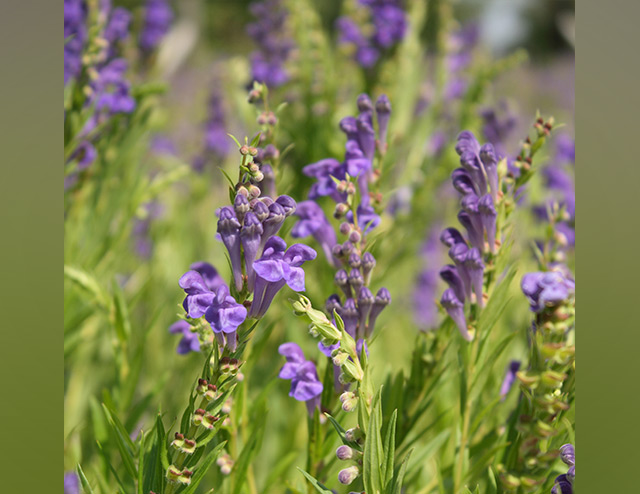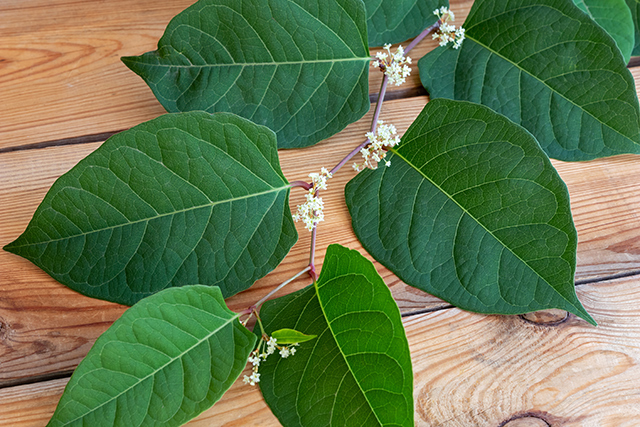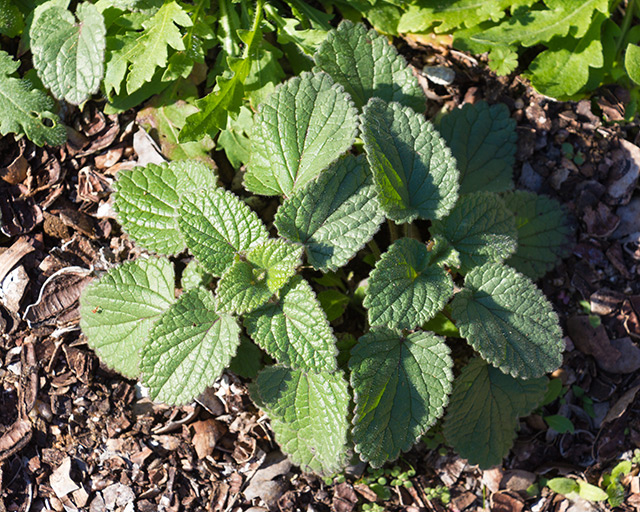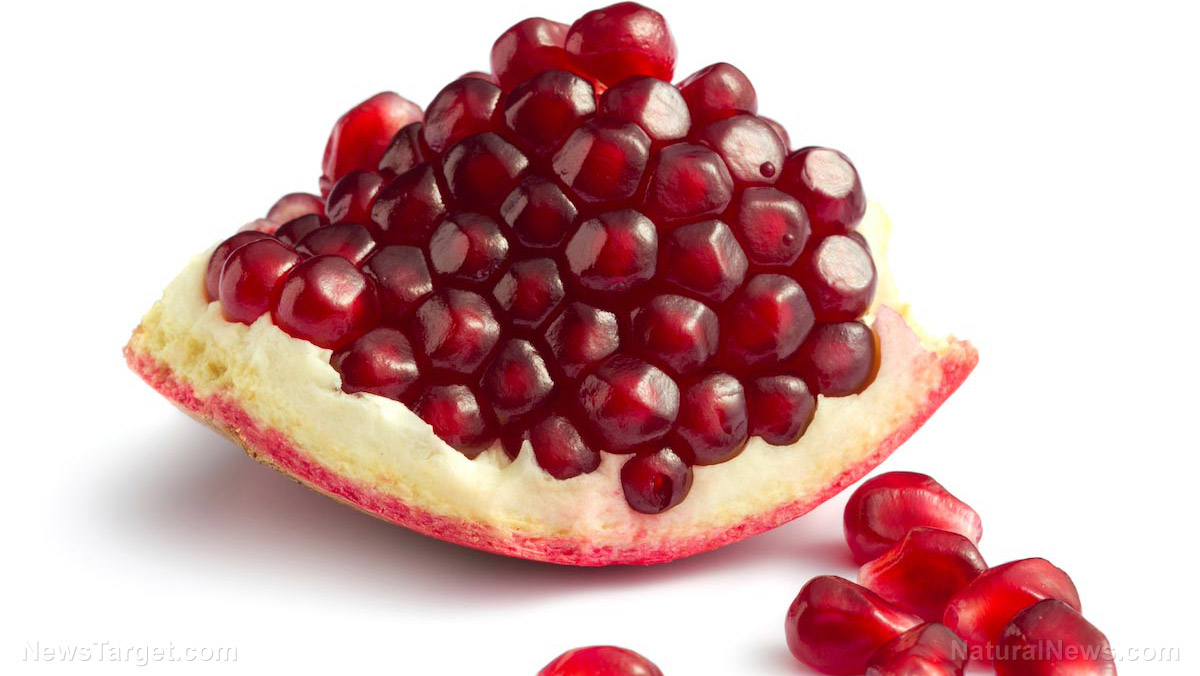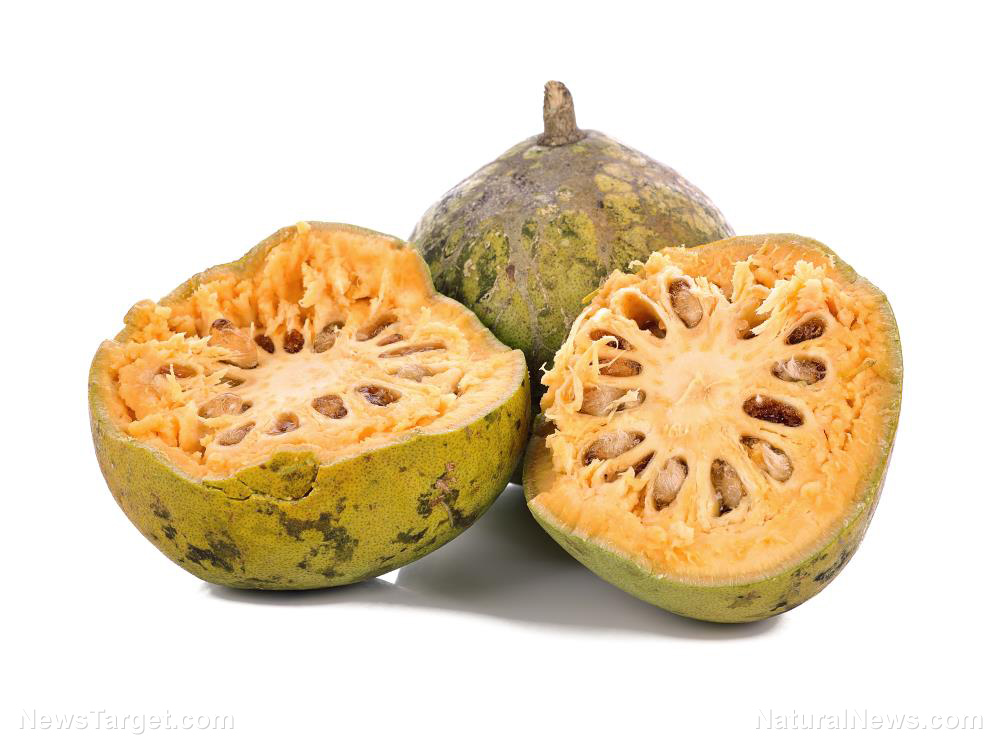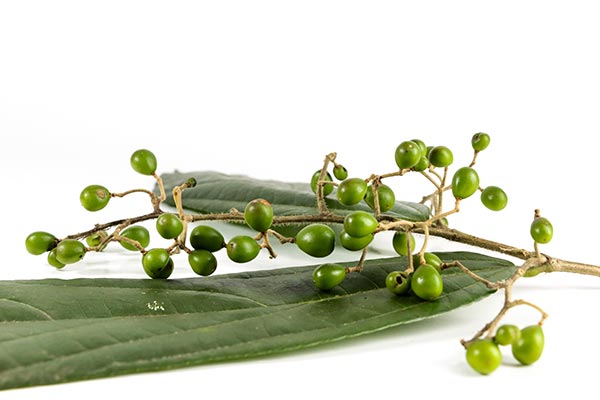Brazilian plant shows promising anti-cancer effects against skin cancer and leukemia
03/17/2021 / By Evangelyn Rodriguez

One of the biggest issues for cancer patients who have tried modern therapies is that these treatments cause plenty of unwanted side effects. Another challenge that has emerged recently is the occurrence of multi-drug resistance (MDR). MDR can be defined as the ability of cancer cells to survive against a wide variety of anti-cancer agents. Because MDR renders chemotherapeutics ineffective, it is considered one of the main obstacles to successful cancer treatment.
Over the years, researchers have discovered the various mechanisms by which cancer cells develop MDR. These include the activation of detox systems, the alteration of drug targets, the induction of changes in the cell cycle, the activation of DNA repair processes, the inhibition of apoptosis (cell suicide) and the promotion of drug efflux. The latter, which has been observed repeatedly in different cancers, involves the rapid release of a drug outside of cells. This ultimately reduces drug absorption inside cells, which heavily favors the survival of cancer cells.
To counteract this, scientists began developing MDR reversal agents that are meant to increase the intracellular accumulation of anti-tumor drugs. However, most of these agents failed in clinical trials because of severe adverse effects.
Meanwhile, recent studies have found that compounds isolated from plants are effective against cancer cells, even those that have already developed resistance to multiple drugs. They are have also shown low toxicity when tested on healthy cells. (Related: Curcumin, when given in combination with drugs for lung cancer, reduces drug resistance, increasing their effectiveness.)
In one such study, Brazilian researchers isolated active compounds called triterpenes from Clusia studartiana and investigated their anti-cancer activities. C. studartiana is a member of the garcinia (Clusiaceae) family, whose members are widely used in traditional medicine as treatments for inflammation, infections and cancer. The researchers looked at the cytotoxicity of C. studartiana‘s active components by testing them on two different cancer cell lines. They reported their findings in an article published in the Journal of Medicinal Plants Research.
Triterpene in Clusia studartiana prevents the development of multi-drug resistance in cancer cells
According to previous studies, plants in the garcinia family, which are spread throughout tropical and temperate regions, are rich in triterpene compounds that have shown selectivity against human cancer cells. To identify these potent anti-cancer agents, the researchers first isolated and purified three pentacyclic triterpenes from C. studartiana, analyzed their chemical structures and tested them on melanoma (SKMEL 28) and myeloid leukemia (K562) cell lines.
Using spectroscopic methods, the researchers identified the three compounds as 3-oxo-friedelin (1), 3-B-hydroxy-friedelin (2) and 3-oxo-olean-12-en-28-oic-acid (3). They reported that triterpenes 2 and 3 inhibited the proliferation of K562 cells, but only triterpene 3 increased the percentage of apoptosis and necrosis in cells. Apoptosis refers to a form of cell death caused by normal, healthy processes, while necrosis refers to cell death caused by disease, cell injury or microbial infections.
The researchers also found that triterpene 3 increased the number of cells expressing caspases 3 and 7, two proteins that are involved in the regulation of apoptotic and necrotic processes. The compound also inhibited the activity of P-glycoprotein (P-gp), a cell transport protein that plays a huge role in the development of MDR. According to studies, P-gp is located in the plasma membrane and is responsible for excreting drugs from cells or letting them in. P-gp is active in drug-resistant cancer cells and reduces the efficacy of cancer treatments by pumping them out of cells.
Based on these findings, the researchers concluded that 3-oxo-olean-12-en-28-oic-acid from C. studartiana is a promising anti-cancer agent that can inhibit the growth of human myeloid leukemia cells, induce apoptosis by activating caspases 3 and 7 and prevent the development of MDR by inhibiting the activity of P-gp.
Sources include:
Tagged Under: alternative medicine, anti-tumor, cancer treatment, cancer tumors, herbal medicine, Herbs, multi-drug resistance, natural cures, natural medicine, plant medicine, remedies, research
RECENT NEWS & ARTICLES
AntiCancer.News is a fact-based public education website published by AntiCancer News Features, LLC.
All content copyright © 2018 by AntiCancer News Features, LLC.
Contact Us with Tips or Corrections
All trademarks, registered trademarks and servicemarks mentioned on this site are the property of their respective owners.

